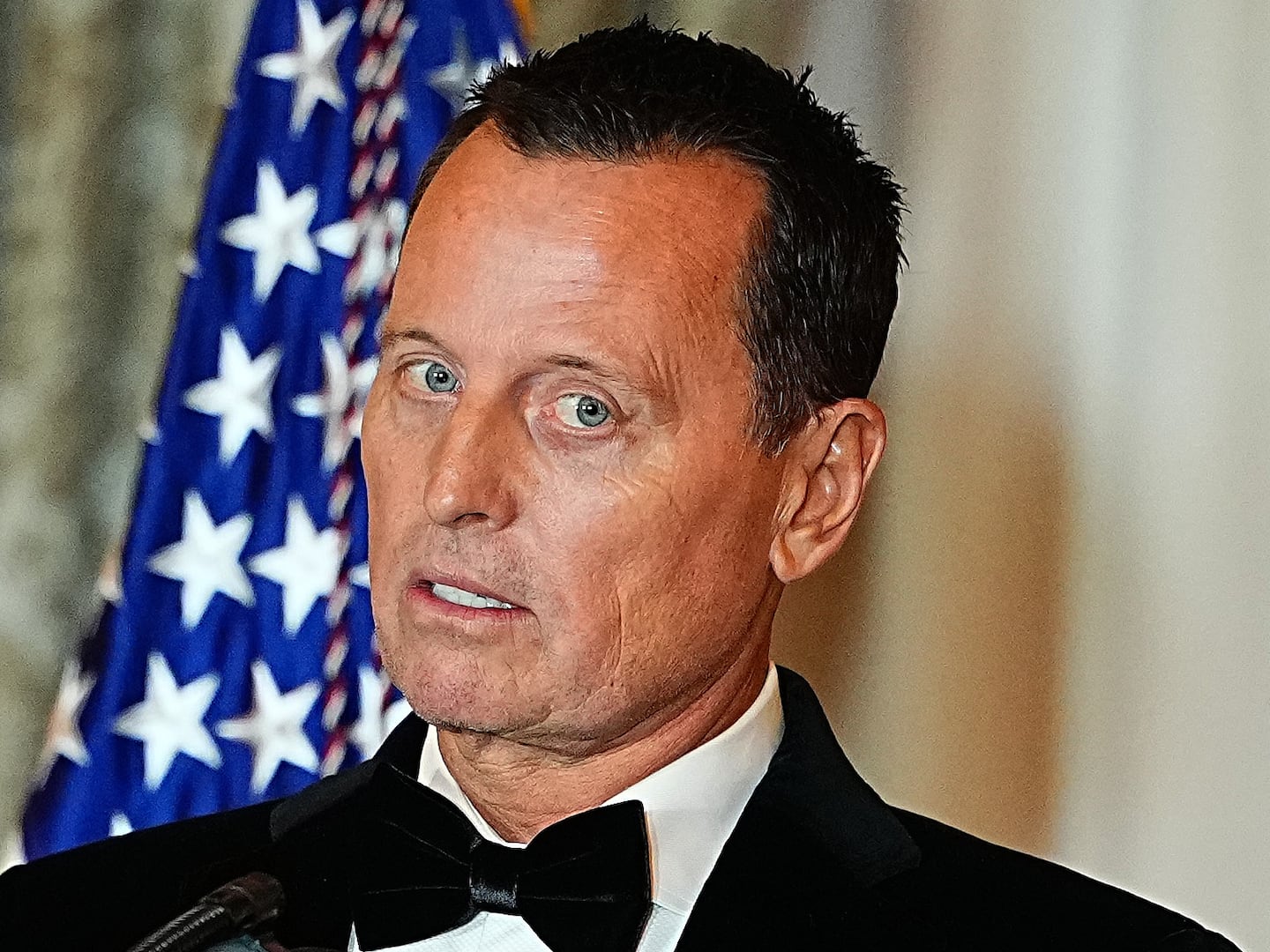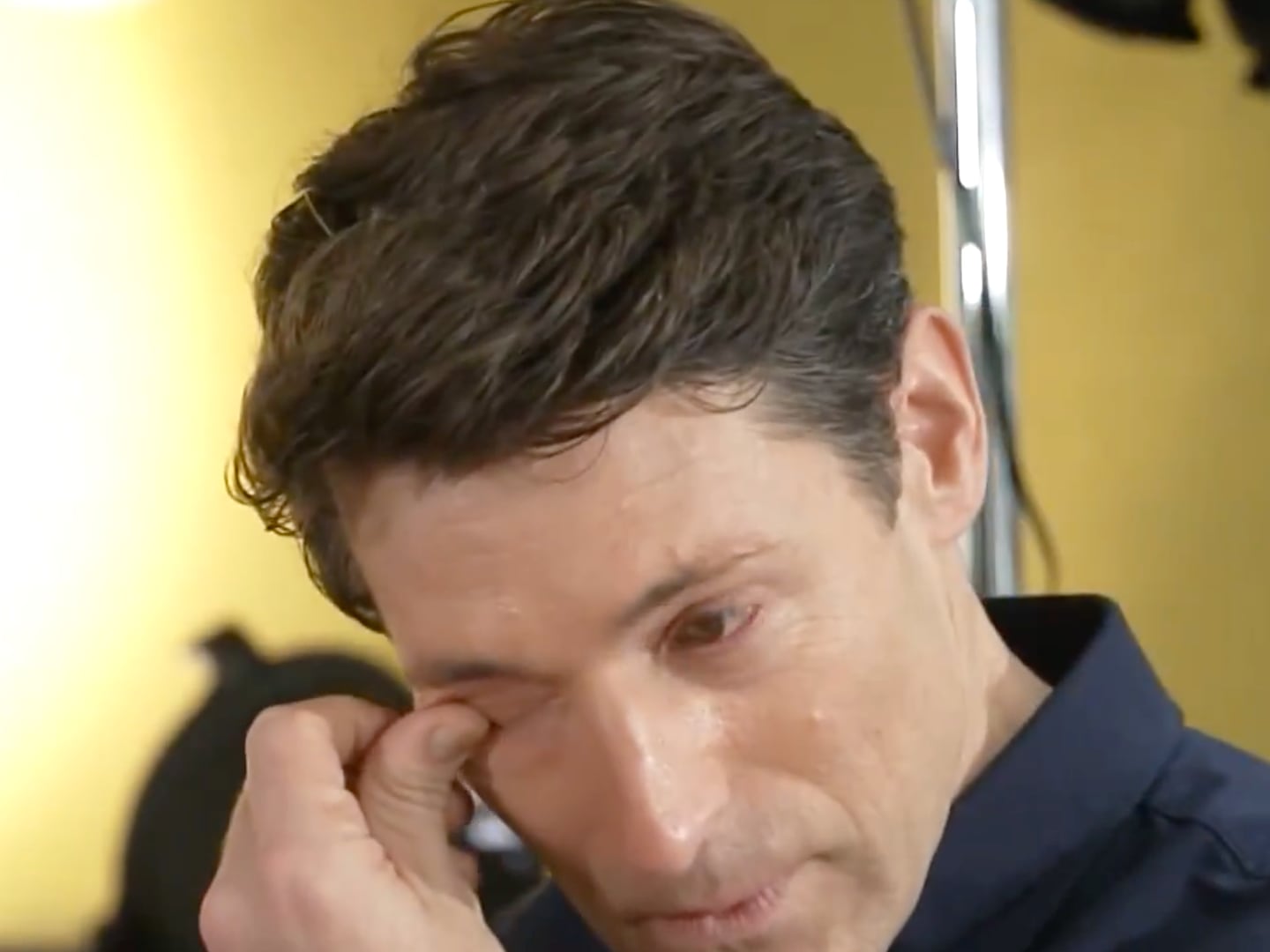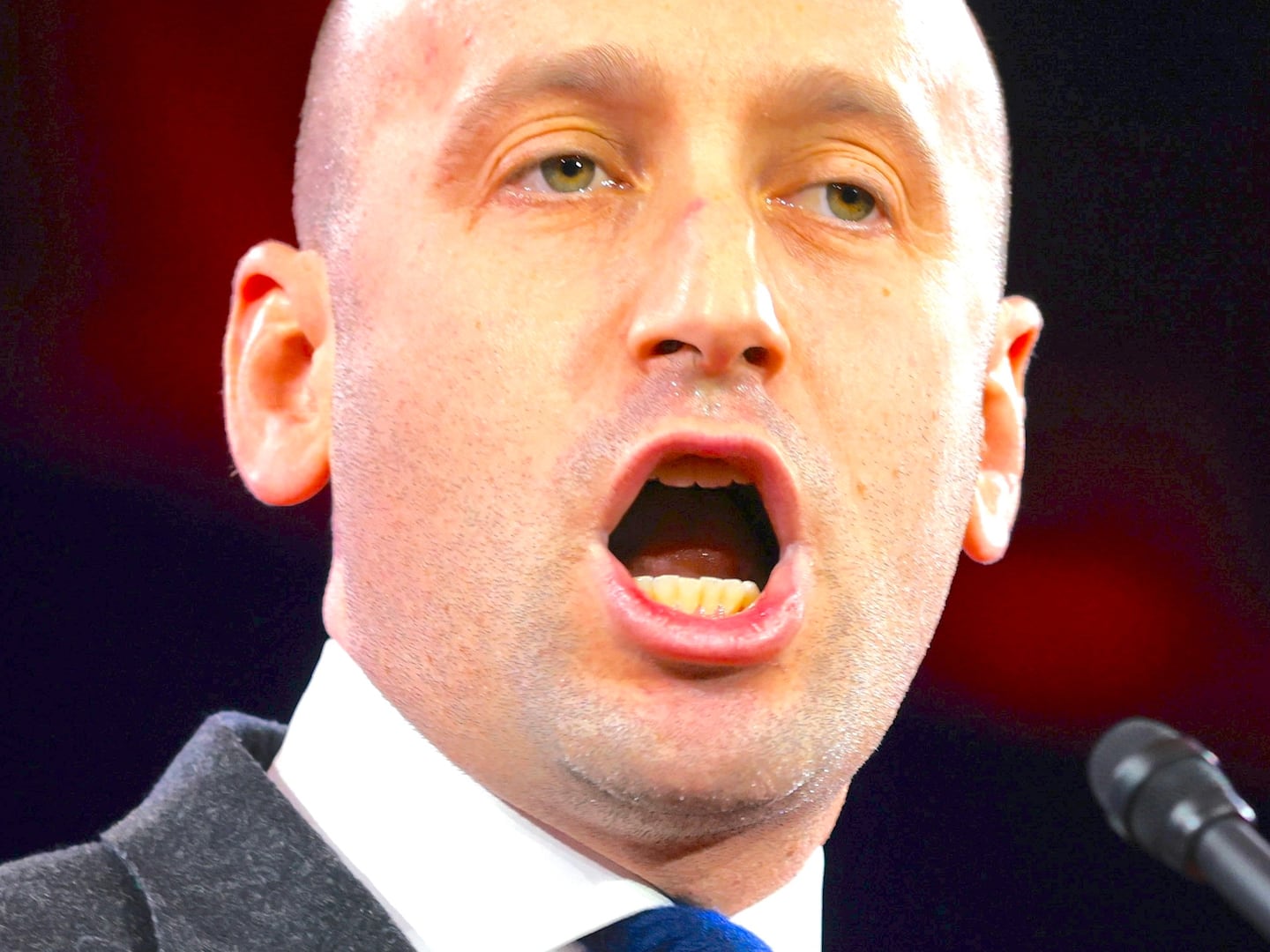It’s no secret that people get more than a little excited for big movies these days. But the hysteria surrounding a new Marvel movie is nothing compared to the nostalgia epidemic brought on by the impending release of the new Star Wars movie, The Force Awakens. This strand of nostalgia seemingly defies generational boundaries and maybe even logic itself.
So, where does Star Wars nostalgia come from anyway? And how come everyone from 60-something retirees to 16-year-olds have caught Star Wars fever? Again?
If you’re not convinced nostalgia isn’t specifically fueling Star Wars fever, consider the current tagline from each of the most recent trailers for Star Wars: The Force Awakens. After a barrage of bombastic imagery each of these newest promos blasts us with the words: “EVERY GENERATION HAS A STORY.” The message to here is clear: everyone loves Star Wars and seemingly, always has.
In 2012 A.O. Scott of The New York Times worried a blockbuster film like The Avengers was bullying the audience to love it through “obedience.” But Star Wars is taking our money way more effectively: with love. From advertisements for video games to tie-in Walmart toy campaigns, the financial powers-that-be associated with Star Wars are certainly not only aware of nostalgia, but actively cashing in on it. Star Wars is not just a popular series of films from the late ’70s and early ’80s, but instead something seemingly everyone has warm-fuzzy memories about even if they hadn’t been born by the ’70s.
But when did Star Wars become something as culturally untouchable as Charles Dickens or Nat King Cole? Best-selling writer and critic Lev Grossman seems to have pinpointed the moment when Star Wars permanently became part of nearly all childhoods, not just those who saw it in the ’70s. And that moment, he told me, was the theatrical re-release of the original films in 1997.
“That was the point where Lucas sort of declared, ‘You know what, this is a permanent feature of the cultural landscape, deal with it,’” Grossman said. “‘You’re not going to forget about it, you’ll be looking back on it for the rest of your life.’ And he was right.”
When I reach out to a blogger and colleague of mine—27-year-old writer Natalie Zutter—she seems to remember Star Wars being well-entrenched even before the 1997 special editions of the films.
“Return of the Jedi came out four years before I was born, so by the time I watched the [re-released] original trilogy circa 1997, they were already cultural artifacts…but I think it [Star Wars nostalgia] was permanently cemented by the expanded universe books… Every time I read about a different character, I got that little flash of warmth, of checking in to that universe.”
Now, Lev and Natalie aren’t quite 20 years apart (he’s 46, she’s 27) but almost. Someone like me is caught nearly in the middle at 34 years old. And according to Variety, 34-year-old-males made up the majority of advance ticket sales for The Force Awakens. Beyond being a statistic that probably doesn’t mean a whole lot (I know way too many women who bought tickets for this to be true) this article’s headline also calls these 34-year-olds like me “older men.” So if I’m 34, Lev is 46 and Natalie is 27, are we all experiencing the same Star Wars nostalgia, or does one of these generations have a more legit claim to it? Who are the OG Star Wars fans?
“Trying to rank enthusiasm is dangerous territory,” Amy Ratcliffe warns me with sage-Yoda-esque caution. She’s a writer for StarWars.com and also contributes to the popular blog The Nerdist. At New York Comic Con this year, I was on a panel with Amy where she discussed the future of Star Wars and how much this current crop of movies seems to be widening the scope of the kinds of stories that can be told, which will probably appeal to all sorts of generations.
“Though the generation that was growing up in the late ’70s/early ’80s might have the most nostalgia for Star Wars, I don’t believe they own it, if that makes sense—nor does any other generation. People of all ages latch onto different parts of the Star Wars universe in different ways.”
Still, like that great LCD Soundsystem song “Losing My Edge,” Lev Grossman was there. He tells me he saw the original Star Wars six times in the theater in 1977 when he was only 8.
“I can't imagine anybody having more nostalgia for it than I do… Because you know what? Before there was Star Wars, there wasn’t any Star Wars. Nobody knew how to do a fantasy/science fiction epic on that scale until Lucas did. People who came to it later did so in the context of any number of echoes and knockoffs of Star Wars. But we got the raw stuff, undiluted. We weren't ready for it, so we got hit hardest.”
The ’70s generation may not own it, my generation may not own it, and the generation after me probably doesn’t own it either. But did Star Wars arrive on the scene in 1977 as that strange cultural animal often named but seldom really seen: an instant classic? Amy Ratcliffe thinks it happened pretty fast:
“Star Wars is part of pop culture, history, and lives in a way no other fictional story is. It embedded itself in the territory of permanent nostalgia almost instantly, if that’s possible.”
In looking at the history of how Star Wars was promoted in the ’70s before the film’s release, it seems like the PR people behind it were trying to trade on some kind of child-like wonder and enthusiasm even back then. And yet, when I reach out to the brilliant PR genius behind the initial push to promote Star Wars—Charles Lippincott—he assures me that what he and his team were trying to do was to great buzz for something new, not old or nostalgic:
“I was trying to get people interested in going to the theaters to see STAR WARS. We didn’t see it as a nostalgic movie. The nostalgia we are currently seeing is from fans who connect the film with their childhood or an earlier, happier time.”
Perhaps there’s no way to really know how and why Star Wars created such warmth and buzz and feelings of familiarity when it first attacked us back in 1977. But if Lippincott was ever worried he didn’t do his job at promoting the film, the evidence is not only all around us that he did succeed, but also in the memories of someone who was really there: my mother, Rebecca Britt. The true original Star Wars fan. At 64 years old now, my mother and late father were 26 when Star Wars came out in 1977. When I call my mom up on the phone to ask her what it was like, she tells me this:
“You couldn’t get away from Star Wars. It was everywhere. Of course your dad and I wanted to see it. Do you want to know what we were doing right before? We were drinking vodka tonics…we brought them out of the bar and right onto the street to wait in line for the movie…we hadn’t seen anything like that ever.”
My mom has never made it a secret that she’s liked Harrison Ford, but she does make a point that thing she remembers the most about Star Wars—and loving about it—was the fact that “you got close to those characters right away. You really liked them and cared about what happened to them.”
My mother’s warm feelings about the characters are exactly in line with Natalie’s feelings, which seems to be perhaps the true, not-so-secret ingredient to the mad, enduring love of all things Star Wars. And everyone, from critics like Lev and me, to awesome retired teachers like my mom, to younger brilliant people like Natalie and Amy, we’re maybe more than a little in love with those fictional people from a galaxy far, far away.
Speaking of nostalgia, my mom is super-pumped for The Force Awakens, and it’s probably got more than a little to do with Harrison Ford, or should I say, Han Solo. Because what is revealed in all these conversations is that the characters of Star Wars take on a more than a mythical quality. For people like my mom, they sound like old friends.
“People think Han Solo looks too old in these trailers,” my mom says, “But, hey. He’s a class act. Han can pull this off. And you know what? He looks pretty damn good to me.”
Ryan Britt is the author of the essay collection Luke Skywalker Can’t Read and Other Geeky Truths out from Plume (Penguin Random House) this month. He’s written for The New York Times, VICE, The Morning News, Tor.com and elsewhere. He lives in New York City.





